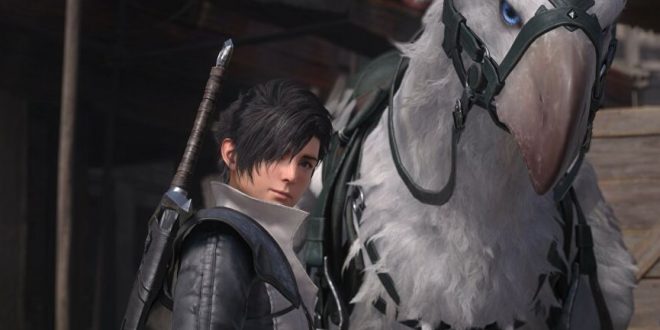Producer of Final Fantasy XVI Naoki Yoshida addressed the apparent lack of racial diversity in the game’s trailers in a lengthy interview with IGN. Yoshida responded, “This is a difficult question, but it wasn’t unexpected,” and then he stood up on each rake in front of him.
“This is a challenging issue, but it wasn’t unexpected given how much has been spoken lately about diversity in entertainment media. However, depending on each person’s expectations, my response may out to be unsatisfactory “commences Yoshida.
“Since the very beginning, our design idea has placed a strong emphasis on medieval Europe and incorporates the social, political, cultural, and anthropological norms of the period. Instead of creating something on a global scale, we felt it was necessary to limit the scope to a single landmass — one geographically and culturally isolated from the rest of the world in an era without airplanes, television, or telephones — because it was the setting that was best suited to the story we wanted to tell, the story of a land beset by the Blight.”
Yoshida foresaw my disappointment with the response, as did I. It irritates me in particular when medieval Europe is mentioned as a justification for homogeneity in a fantasy world. In part because history is complex and the middle centuries were peculiar, as well as the fact that medieval Europe was diverse.
But Yoshida’s retort doesn’t end there. In the end, he says, “we believed that while including ethnic variety in Valisthea was vital, an over-inclusion into this one area of a much bigger globe could wind up producing a violation of those narrative limitations we had set for ourselves.” “Even if the tale we are portraying has elements of fiction, it is also grounded in fact.
“On the other hand, conflict and struggle have always been central to the Final Fantasy series of games, particularly between those who are powerful and those who are used or exploited by those who aren’t, which is a common theme in human history. It can be difficult to give distinct ethnicities to either the antagonist or protagonist in a game that, by design, allows players to experience that conflict and struggle first-hand through dynamic, realistic battles without setting off audience stereotypes, encouraging unwarranted speculation, and ultimately fanning the flames of controversy. The wonderful thing about drawing inspiration from historical events, though, is that it enables us to reflect on and revisit our own pasts while simultaneously enabling us to produce something fresh.
“In the end, we really want the emphasis to be more on who our characters are as people—people who are deep and varied in their natures, origins, views, personalities, and motivations—and less on how they appear on the outside. people with whose experiences we can identify. Valisthea is a diverse place. Diversity that, although not exhaustive, works well with the environment we’ve built and is authentic to the sources of our inspiration.”
And it pretty much covers every stupid concept under the sun, from “we made everyone white because the alternative would be contentious” to “our game about magic is just being true to history” to the completely self-defeating “the appearance of our characters is absolutely immaterial anyhow.” Even if you accept the myth that there was no racial variety in medieval Europe, it is obvious that Final Fantasy 16, a game about crystals going bad, uses history in only a very limited number of ways. There was a choice to make everyone, or nearly everyone, white.
 Load the Game Video Games, Reviews, Game News, Game Reviews & Game Video Trailers
Load the Game Video Games, Reviews, Game News, Game Reviews & Game Video Trailers



